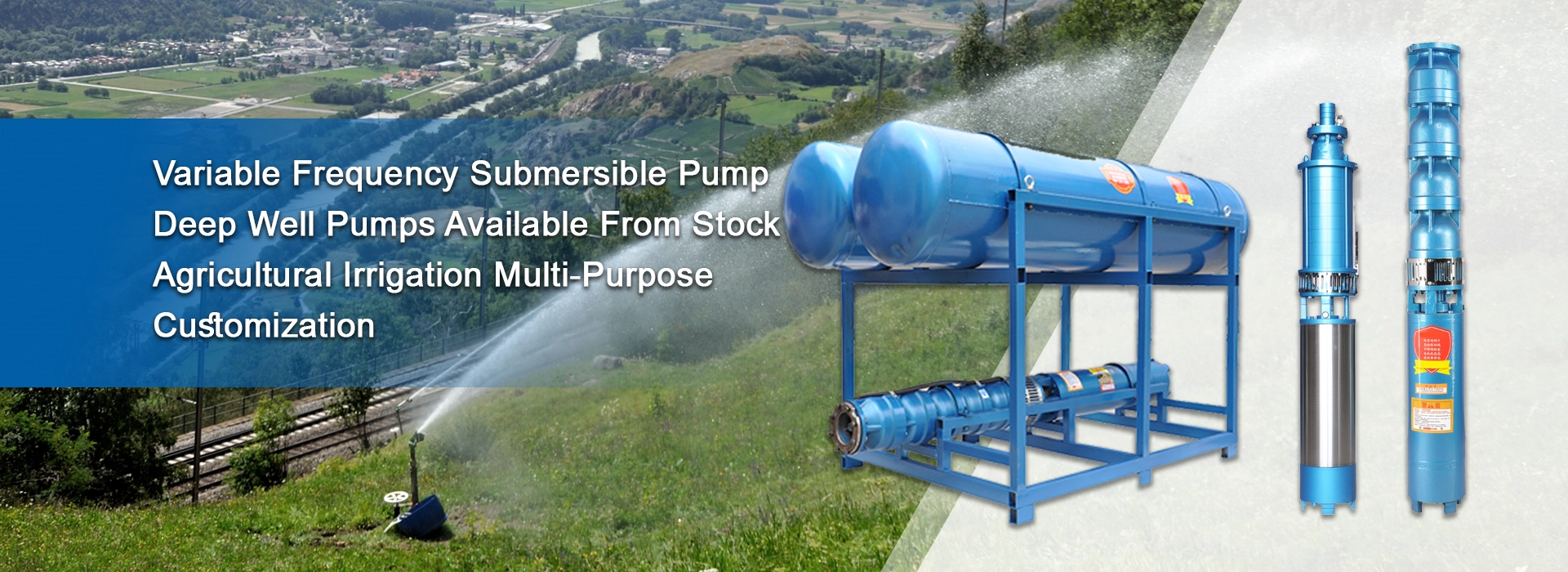Dec . 04, 2024 00:28 Back to list
Efficiency of Deep Well Pumps for 300-Foot Depth Applications in Water Supply Systems
The Importance of 300 ft Deep Well Pumps
In today’s world, access to clean and safe water is a fundamental need, one that is of utmost importance for both urban and rural communities. For areas that rely on groundwater resources, deep well pumps play a crucial role in ensuring a steady supply of water. Among these, the 300 ft deep well pump stands out, serving many residential and agricultural needs where groundwater lies particularly deep below the surface. This article delves into the significance, functionality, and considerations surrounding 300 ft deep well pumps.
Understanding Deep Well Pumps
Deep well pumps are designed to lift water from significant depths. Typically, these wells reach depths of 100 feet to over 1,000 feet. A 300 ft deep well pump is specifically engineered to extract water located approximately 300 feet beneath the earth’s surface, a common depth for many aquifers. The well pump consists of a motor, a pump body, and a system of pipes that deliver water to the surface.
Due to the considerable depth and pressure involved, these pumps have powerful motors and high-quality materials to withstand corrosion and other environmental factors. Common materials for construction include stainless steel, cast iron, and thermoplastic, which significantly enhance durability and longevity.
Functionality of a 300 ft Deep Well Pump
The operation of a deep well pump is based on a simple principle a motor spins an impeller or a set of impellers inside the pump housing, creating a centrifugal force that pushes water up through a series of vertical pipes. This technology ensures efficient lifting of water from great depths while minimizing energy consumption.
To ensure optimal performance, deep well pumps are usually placed in a vertical configuration. They are often submersible, meaning they are installed below the water level in the well. This design not only prevents the motor from being exposed to outside elements but also aids in quiet operation. A submersible pump can produce a continuous supply of water without the need for priming, making it highly efficient for household or agricultural use.
300 ft deep well pump

Economic and Environmental Benefits
Investing in a 300 ft deep well pump can yield several economic advantages. Homeowners can save considerably on water bills by utilizing groundwater instead of municipal water supplies. Additionally, for agricultural uses, farmers can ensure a consistent water supply for irrigation, leading to improved crop yields and better management of resources.
From an environmental perspective, deep well pumps can play a pivotal role in sustainable water management. As the demand for fresh water grows due to population expansion and climate change, responsibly tapping into groundwater resources via deep well pumps can help alleviate pressure on surface water supplies. However, it is essential to manage these resources wisely to prevent over-extraction, which can lead to aquifer depletion and adverse ecological impacts.
Considerations for Selecting a 300 ft Deep Well Pump
When choosing a 300 ft deep well pump, it’s critical to assess several factors. First, understanding the depth of the water table and the well’s diameter is crucial for selecting the right pump. Additionally, the required flow rate, which is the volume of water needed per minute, will influence the pump’s specifications.
Moreover, it is advisable to consult with professionals who can perform water tests, ensuring the water is potable and assessing its chemical composition. Depending on the water quality, certain pumps may be more suitable than others to minimize corrosion and maintenance needs.
Conclusion
A 300 ft deep well pump is not just a piece of equipment; it is a lifeline for many households and farms, ensuring a reliable water supply essential for daily life and agricultural practices. By understanding the mechanics, benefits, and considerations associated with these pumps, users can make informed decisions that will lead to enhanced water accessibility. As we continue to navigate increasing environmental challenges, investing in such sustainable water solutions is critical for our communities and future generations.
-
Submersible Water Pump: The Efficient 'Power Pioneer' of the Underwater World
NewsJul.01,2025
-
Submersible Pond Pump: The Hidden Guardian of Water Landscape Ecology
NewsJul.01,2025
-
Stainless Well Pump: A Reliable and Durable Pumping Main Force
NewsJul.01,2025
-
Stainless Steel Submersible Pump: An Efficient and Versatile Tool for Underwater Operations
NewsJul.01,2025
-
Deep Well Submersible Pump: An Efficient 'Sucker' of Groundwater Sources
NewsJul.01,2025
-
Deep Water Well Pump: An Efficient 'Sucker' of Groundwater Sources
NewsJul.01,2025
-
 Submersible Water Pump: The Efficient 'Power Pioneer' of the Underwater WorldIn the field of hydraulic equipment, the Submersible Water Pump has become the core equipment for underwater operations and water resource transportation due to its unique design and excellent performance.Detail
Submersible Water Pump: The Efficient 'Power Pioneer' of the Underwater WorldIn the field of hydraulic equipment, the Submersible Water Pump has become the core equipment for underwater operations and water resource transportation due to its unique design and excellent performance.Detail -
 Submersible Pond Pump: The Hidden Guardian of Water Landscape EcologyIn courtyard landscapes, ecological ponds, and even small-scale water conservancy projects, there is a silent yet indispensable equipment - the Submersible Pond Pump.Detail
Submersible Pond Pump: The Hidden Guardian of Water Landscape EcologyIn courtyard landscapes, ecological ponds, and even small-scale water conservancy projects, there is a silent yet indispensable equipment - the Submersible Pond Pump.Detail -
 Stainless Well Pump: A Reliable and Durable Pumping Main ForceIn the field of water resource transportation, Stainless Well Pump has become the core equipment for various pumping scenarios with its excellent performance and reliable quality.Detail
Stainless Well Pump: A Reliable and Durable Pumping Main ForceIn the field of water resource transportation, Stainless Well Pump has become the core equipment for various pumping scenarios with its excellent performance and reliable quality.Detail
